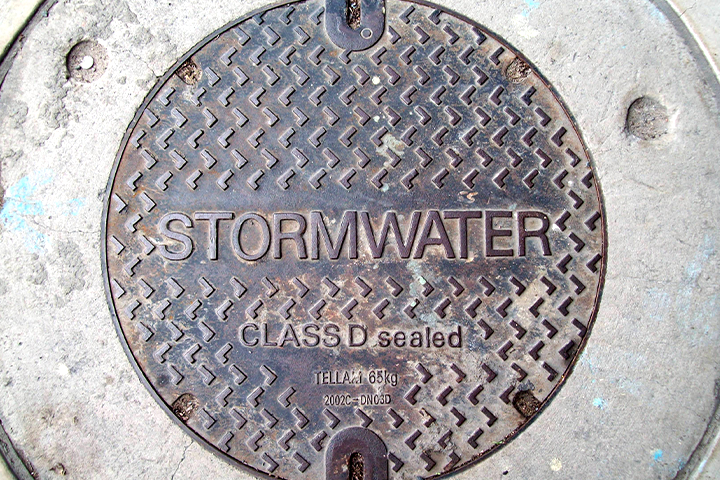12:56 pm
Why Are Stormwater Design Regulations So Different Across Canada?

For independent retail fuel and automotive businesses that build and operate multiple locations, the differences in regulations from one jurisdiction to the next can be perplexing.
For example, an engineering and design firm is asked to develop two comparable gas stations for the same owner: one in Calgary, the next in Edmonton. While the owner assumed the same stormwater storage and treatment system would be used for both locations, the design firm comes back with different recommendations for each site.
The lack of consistency can be frustrating. Owners can be forgiven for thinking it is arbitrary.
The truth is, there is usually a very good reason behind the way stormwater bylaws are written in each area, and why design regulations around stormwater storage and treatment systems can be so different.
This is due to a number of site-specific factors that go into the creation of bylaws from one community to the next. For this reason, there can be no such thing as a one-size-fits-all solution.
Examples of factors that impact bylaws.
What is the permitted release rate?
Various locations have different requirements around allowable stormwater release rates. These rates can even vary across a city. Densely populated areas (eg. the downtown area of a major city) will often have lower release rates.
In situations with low release rates, sites may be able to deploy smaller treatment units but will require larger on-site storage capacity. This can affect construction time and cost.
Is salt or sand/gravel use to treat winter roads?
As a winter country, most Canadian cities need to treat streets and highways to enhance safety during major snow and ice events. Some cities opt for a salt or brine solution. Others choose to apply sand or gravel. A city will want to keep salt out of water bodies, as it can affect the pH of water, which can harm aquatic wildlife.
Sites in cities that use road salts require more complex separators to remove salts and hydrocarbons from stormwater systems, whereas sand tends to trap hydrocarbon particles. This has an impact on the type of treatment system required.
What is the impact on freshwater habitats?
In Ontario, for example, there are often additional guidelines around the temperature of any water discharged into the stormwater system, due to the effect on fish populations.
What is the city’s sustainability policy?
Sustainability is more than a buzz word. Water is among our most valuable resources. Canada’s cities and municipalities are assuming greater responsibility in minimizing the impacts of modern society on the environment.
There has been a noticeable change over the past decade, as regulations have become more stringent. It’s started in the big cities and is expanding into smaller communities Various governments can set their own policies based on the political will for sustainable policy.
Extensive research is being done at the university level and within industry to develop solutions that minimize the environmental impacts.
What is the available space for underground equipment?
There may be site-specific design considerations that dictate what type of stormwater storage and treatment system can be installed. For example, how much room is available for underground equipment? Are there factors limiting placement depth (utilities, groundwater, etc.)?
Navigating the regulations.
Because regulations affecting stormwater can be so different across Canada, even within the same city, the engineering firms doing the design work must stay on top of the specific code and bylaw requirements that apply to each site.
An engineering partner will work in close consultation with equipment manufacturers to recommend the best solution for your business.
A final piece of advice.
You can have a system that is designed to meet all requirements, but if it is not properly maintained, you can run into problems that can suddenly make your site non-compliant. Conducting ongoing maintenance is critical to ensuring your system operates as intended.
With the right design firm, the right equipment, and diligent maintenance, you can ensure you’re meeting all of the regulatory requirements.
